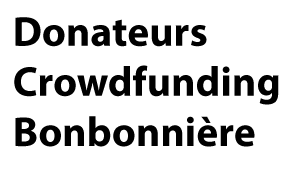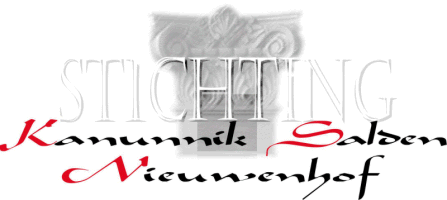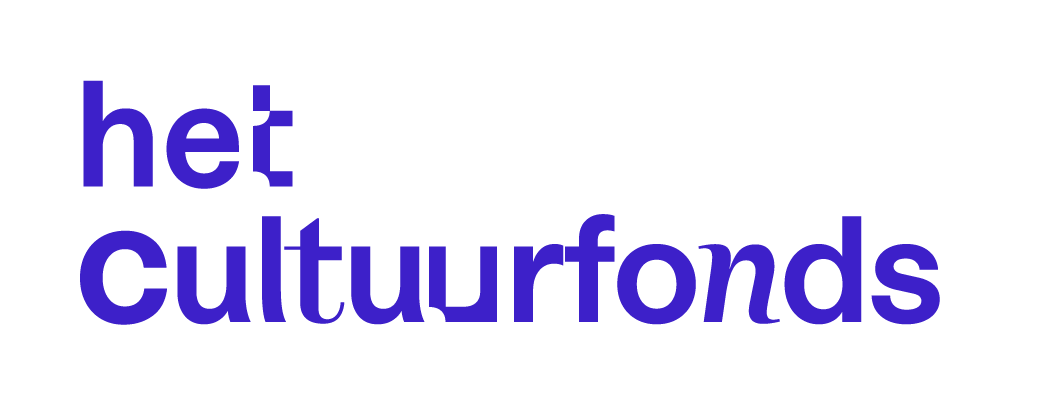Roed, geel, blòw
.png)
Zaterdag 13 september
Saturday, September 13th
Zondag 14 september
Sunday, September 14th
De Renaissance is een periode in de Europese cultuurgeschiedenis die geïnspireerd is door de cultuur van de Grieks-Romeinse Oudheid; vandaar renaissance = wedergeboorte. Deze stroming begon in het Italië van de 14e eeuw en verspreidde zich in de eeuwen daarna over grote delen van Europa.
In het Maasland en dus ook in Maastricht kreeg deze stijl vorm met het bouwmateriaal van de streek; rode baksteen, gele zandsteen en 'blauwe' hardsteen - wandel met Lucy Willems langs panden uit de 16e en 17e eeuw die getuigen van de Maaslandse Renaissance.

Boottocht
Het terrein is ook per boot te bereiken. Rederij Stiphout heeft een pendeldienst naar Slavante en terug naar Maastricht voor € 9,- p.p.
Vertrekpunt Maaspromenade tussen 11.00 en 16.00 uur, elk uur
Vertrekpunt Slavante
tussen 11.20 en 16.20 uur, elk uur
Klik op onderstaande knop om tickets te bestellen.
.png)























